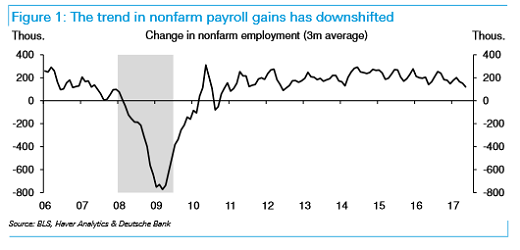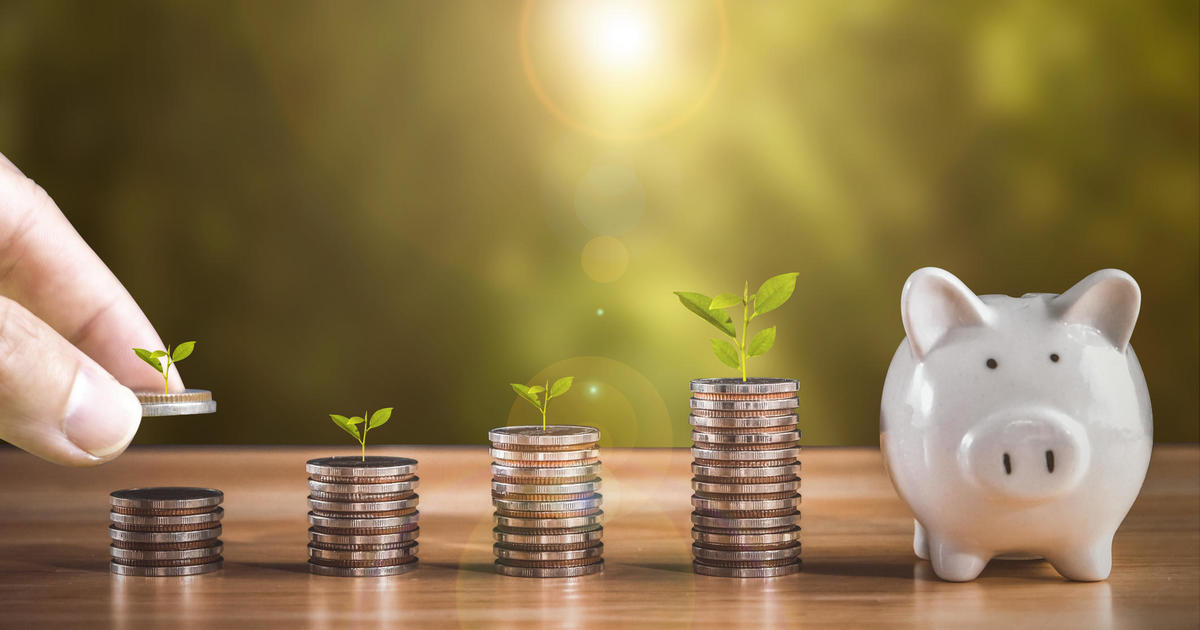Will a not-so-hot economy cool Fed rate hikes?
The U.S. economy has thrown Federal Reserve policymakers a wicked curveball ahead of their two-day policy meeting next week: A sudden, unexpected slowdown in the pace of job gains was reported on Friday.
It wasn't supposed to be this way. For months, Fed officials have responded to a surge in business confidence, consumer sentiment and stock market prices by preparing for further rate hikes this year. More recently, the Fed has also openly discussed the process of tapering its $4 trillion-plus balance sheet swollen by years of bond-buying stimulus.
But now, with jobs slowing, auto sales braking and the economic data overall disappointing on a scale not seen since early 2015, the Fed suddenly looks out of sync. While equities remain unshakable -- thanks mainly to a persistent bid in megacap tech stocks like Amazon (AMZN) -- other asset classes are responding: Gold is rising, long-term interest rates are falling and the dollar is losing ground.
Although the unemployment rate fell to 4.3 percent last month (lowest since May 2001), it was the result of a reduction in the labor force. Total payrolls grew just 138,000 vs. the 185,000 expected, which was below the lowest estimate. Moreover, April and March job gains were revised lower by a net 66,000. It was an ugly showing.
At this late hour, it's unlikely to keep the Fed from raising rates by another quarter-point at its June meeting. Indeed, futures market odds of a rate rise this month strengthened on Friday's jobs news, rising to 94.6 percent from 92.3 percent prior. On May 5, the odds stood at 78.5 percent.
But for the rest of the year, the outlook for further rate hikes is dimming somewhat: The odds of a "one-and-done" at the June meeting, with the Fed holding pat through the end of the year, rose to nearly 50 percent from just 37.7 percent a month ago.
Deutsche Bank economist Joseph LaVorgna doesn't believe the downshift in economic data is enough to completely derail the Fed's current rate-hike policy, however, since it reflects the intense tightening underway in the labor market. This is not unlike what's happening in the housing market, where robust demand is being limited by scarce supply of homes for sale, lowering deal volume. Simply too few qualified workers are in the labor force. Thus, hiring is slowing.
At time point, assuming the economic expansion continues, businesses will be forced to choose between continuing to forgo new hires (and limiting their ability to grow) or getting into a bidding war for the best workers by paying more. The latter would lead to the much-delayed, long-heralded boost to wage inflation -- and would deliver a much-needed salve to middle-class incomes.
In response, LaVorgna is looking not only for a hike this month and an unveiling of a balance-sheet tapering plan in September, but another quarter-point hike in December. That would push short-term interest rates to 1.5 percent.
So far, stocks are agreeing with this optimistic outlook. But bonds, currencies and commodities are suggesting otherwise, pointing to a deflationary future reflective of a possible policy error by the Fed.
We'll know more about where the economic data is pointing this week, with an update on labor productivity and costs on Monday and job openings on Tuesday.





